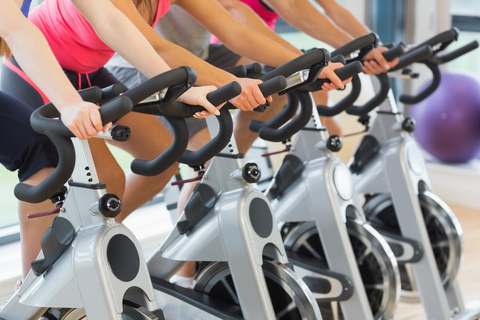Physical activity. You can’t beat it for preserving bone, maintaining weight and boosting endorphins and mood. Lord knows that there are reams and reams of data demonstrating its value. But confusion remains with regard to how much, how often and how long, i.e. what do you need to do to prevent physical and cognitive decline during menopause and thereafter?
A new systematic review of the literature appearing online in Menopause journal attempts to answer this very question. In it, the authors searched the literature published between the years 2009 and 2014 specifically as it related to physical activity and women’s physical and mental health and ultimately settled on 21 studies. The findings?
- In postmenopause, body composition and higher physical activity levels are associated with better physical functioning however, because frailty may actually begin in midlife, developing or maintaing a health lifestyle during the middle years is imperative.
- The higher the level of physical activity, the more significant the decrease in the odds of dying from any cause. Importantly, this remained true even after the researchers took into account factors like age, education, ethnicity, depression and comorbidities. Conversely, women who were more sedentary had a 98% higher risk of dying than their physically active peers!
- Exercises that improved cardiorespiratory capacity had the greatest impact on physical health. Cardiorespiratory capacity refers to the ability of the heart and lungs to deliver oxygen and remove CO2 to/from the skeletal muscles during physical activity. Here, higher is better. The question that remains unanswered is whether or not the prescription for cardiorespiratory boosting exercise change as we grown older?
- A key difficulty with activity is adherence. Consistently, women report that they abandon exercise due to time constraints, or personal, cultural or environmental factors.
- All of the studies found that physical activity was associated with lower rates of cognitive decline but the magnitude of this effect was inconsistent. Also unclear was the impact of physical activity on health-related quality of life.
The bottom line is that you need to MOVE, often, intensely and frequently. Do exercises that boost your cardiorespiratory capacity, e.g. jogging, running, swimming, cycling, kettlebells or interval training. And lose the excuses; make the time now or you’ll suffer later. It truly IS an either/or!







